5 tips for a spring garden and when to start planting
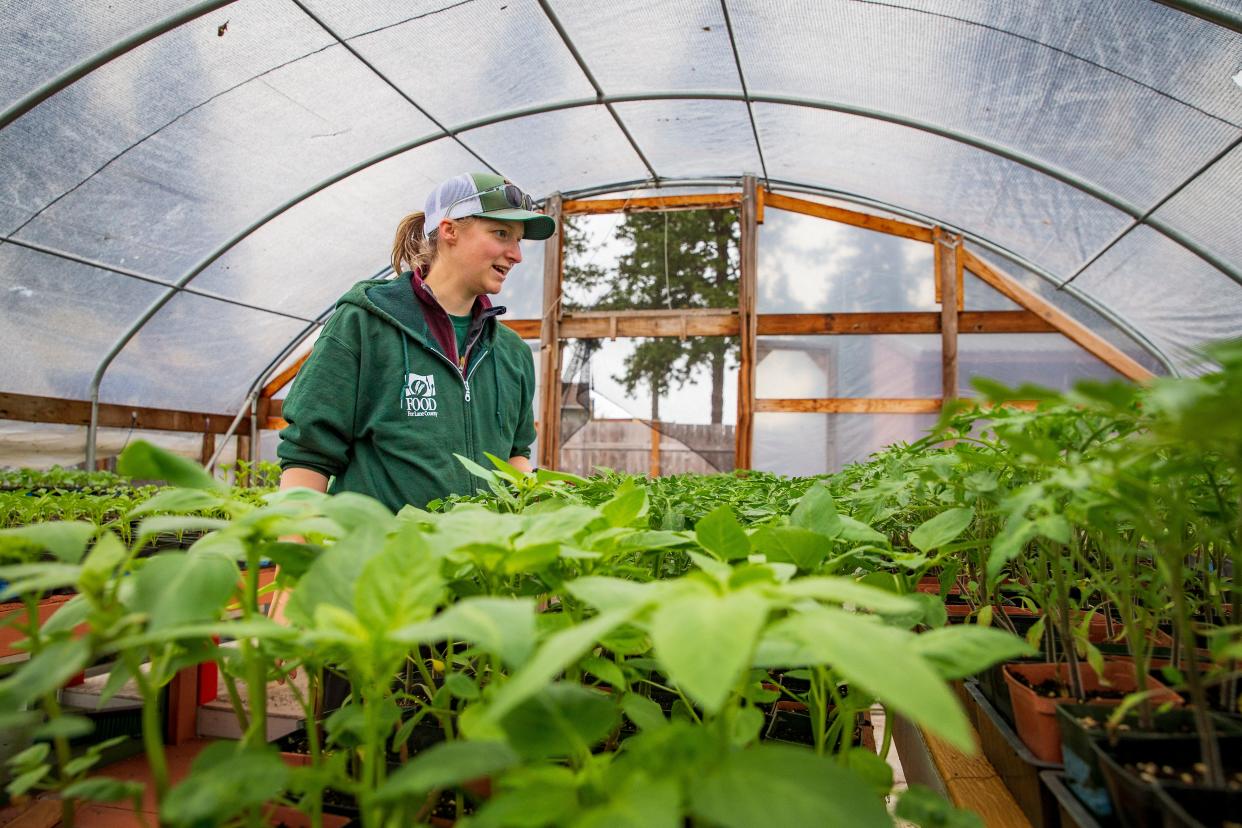
It's been a wet and cold spring this year, which means gardeners might have had to wait a little longer than normal to get their summer plants in the ground. With warmer weather on the way, we're entering a transition period great for planting both cooler-weather and heat-loving vegetables, experts said.
"If you still want to grow cool season crops, you can still get things like cabbage and carrots and beets and peas and all those kinds of things in the ground," said Erica Chernoh, Oregon State University horticulture assistant professor of practice. "But we're also now heading into that period of time where you do start to plant tomatoes and peppers and eggplant and more of those heat-loving crops as well."
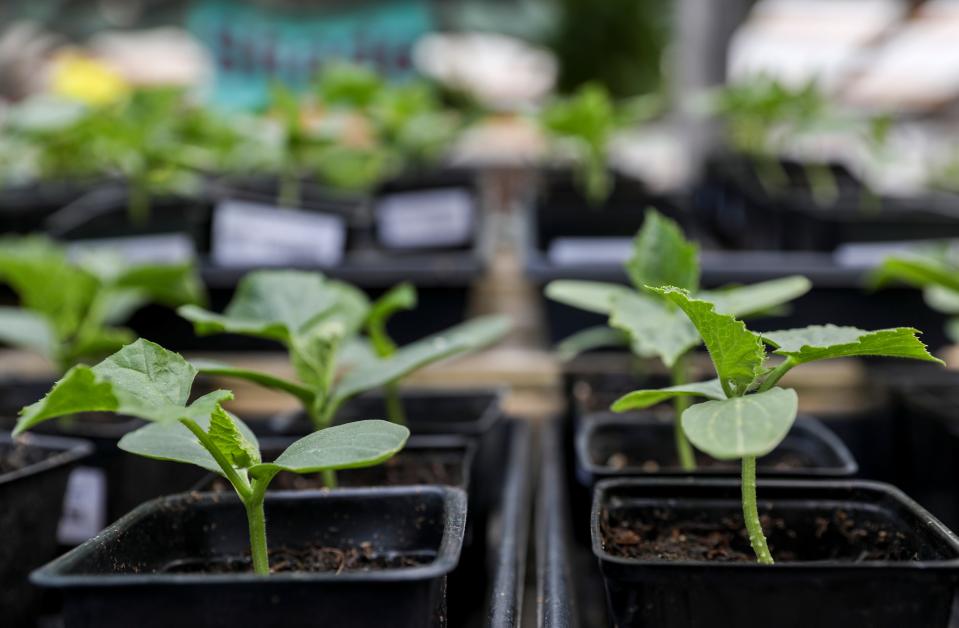
Chernoh said people often jump the gun this time of year. It's important to wait for the soil to warm up before planting more sensitive summer plants, like tomatoes, she said. If people planted their summer gardens a little early this year, their plants might be struggling.
Here are five expert tips for setting your garden up for success, and a list of some summer veggies you can start planting now.
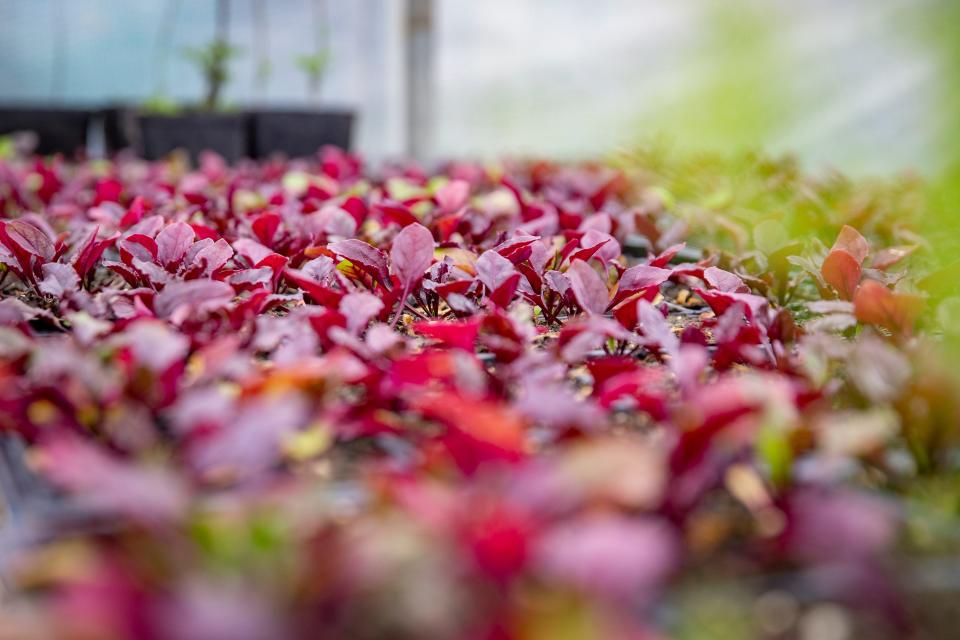
1. Pick the right location for your garden
The location of your garden matters, Chernoh said. You want it somewhere that gets about six to eight hours of sun daily. Also, pick a spot that's already close to a water source. Chernoh said it can be frustrating to set your garden up and then figure out you need an extra long hose just to get water out there. So make sure you can easily access water at the spot you choose.
2. Know your soil
It's important to know your soil and drainage so you can address any potential problems, Chernoh said. If you find you don't have good drainage, things like adding organic matter or building raised beds can help. You want to make sure you know how to fix any drainage issues before you put a bunch of plants in the ground, she said. Chernoh also said she always recommends a full soil test or, at the very least, testing the pH of their soil.
"If your pH is off, the plants will not thrive," she said.
Soils in the Willamette Valley tend to be a bit acidic, which means people often have to apply lime to raise the pH, Chernoh said. Incorrect pH will affect plants' ability to take up nutrients, so you could end up with stunted plants or plants that look sick, she said.
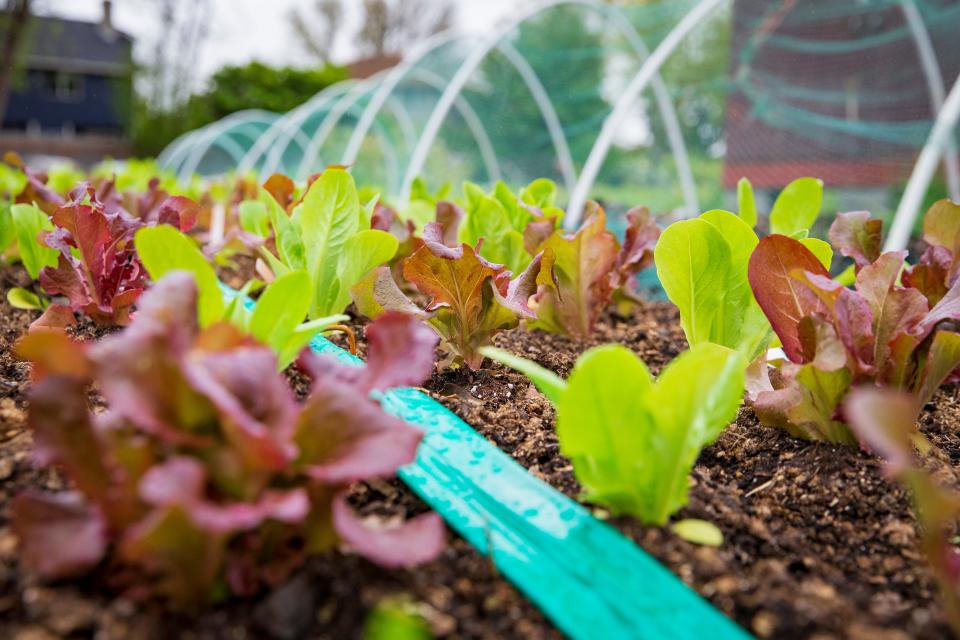
3. Know your plants' needs
Make sure you understand your plants' needs so they can grow successfully, Chernoh said. Vegetables typically need full sun, whereas landscape plants may need different levels of sunlight. Some are shade tolerant and some are sun-loving plants, so you need to know what each plant needs before planting, she said.
4. Know your frost dates
There are some plants that are very frost sensitive, so it's important to understand when you should be planting them, Chernoh said. In the Willamette Valley, the last frost is typically in mid-May, she said. It's best to plant frost-sensitive plants, like basil, cucumbers, melons, peppers and tomatoes, after that time. If you plant them too early, they are going to struggle, she said.
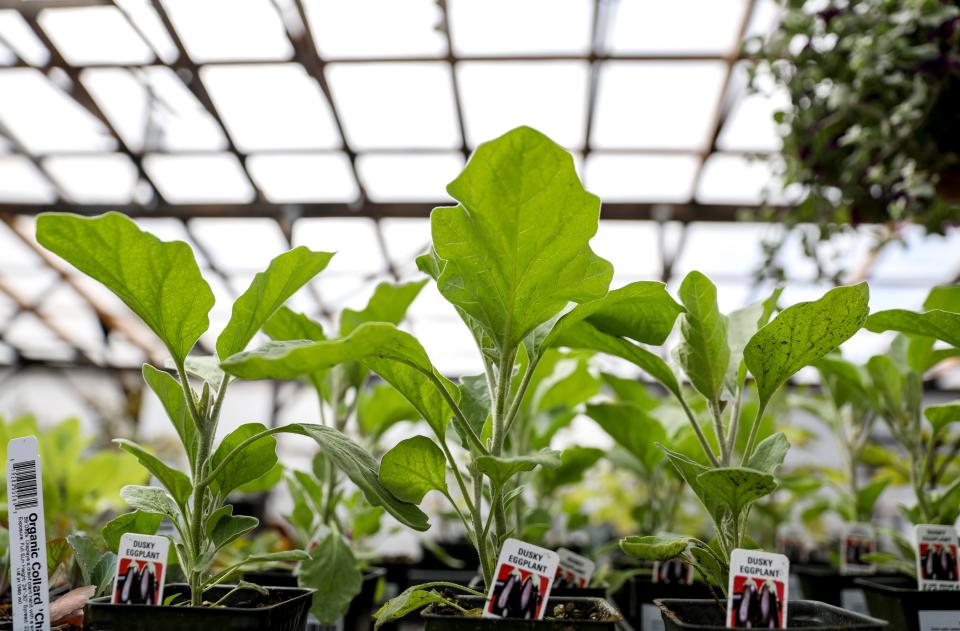
5. Grow what you love
As the grower, you're in charge. You should plant things that bring you joy and things you actually want, Chernoh said.
"Gardening takes time and effort and energy," she said. "If you don't like radishes, then don't grow radishes if you aren't going to eat them. Think about what you love to grow and start there."
She also said to have fun and don't be afraid to experiment. Even the most experienced gardeners will deal with challenges every year, from pests to weather issues, and they still fail from time to time, she said. Don't feel let down if something doesn't work out.
What should you be planting now?
Here are some veggies that you can start planting in May:
Snap and lima beans
Brussels sprouts
Cantaloupes
Slicing and pickling cucumbers
Dill
Eggplant
Kale
Peppers
Pumpkins
Summer and winter squash
Onions
Potatoes
Tomatoes
Watermelon
Need help? Check out these garden and plant resources
Lane County Master Gardeners
Whether you're trying to figure out what's eating your plants or you need help identifying a weed, local Oregon State staff and trained Oregon State Master Gardener volunteers are available to answer all sorts of gardening questions. Call, email or visit the Lane County Master Gardeners' office with questions. Bring a sample or photos of the plant or insect and as much information as possible. Email questions and photos to Lanemg@oregonstate.edu or call 541-344-0265. The office is located at 996 Jefferson St., Eugene. Experts are available from 9 a.m. to noon and 1-4 p.m. Monday through Thursday. More information is available at extension.oregonstate.edu/mg/lane.
Oregon State Extension Service Catalog
The Oregon State Extension Service Catalog has free gardening and plant publications that can be downloaded or read online. Materials include things like starting a garden, planting dates, how to mend your soil, growing native plants, attracting butterflies and more topics. Find those resources at catalog.extension.oregonstate.edu.
Makenzie Elliott covers breaking news and public safety for The Register-Guard. Reach her at MElliott@gannett.com Find her on Twitter at @makenzielliott.
This article originally appeared on Register-Guard: spring garden tips and when to plant what veggies Willamette Valley

